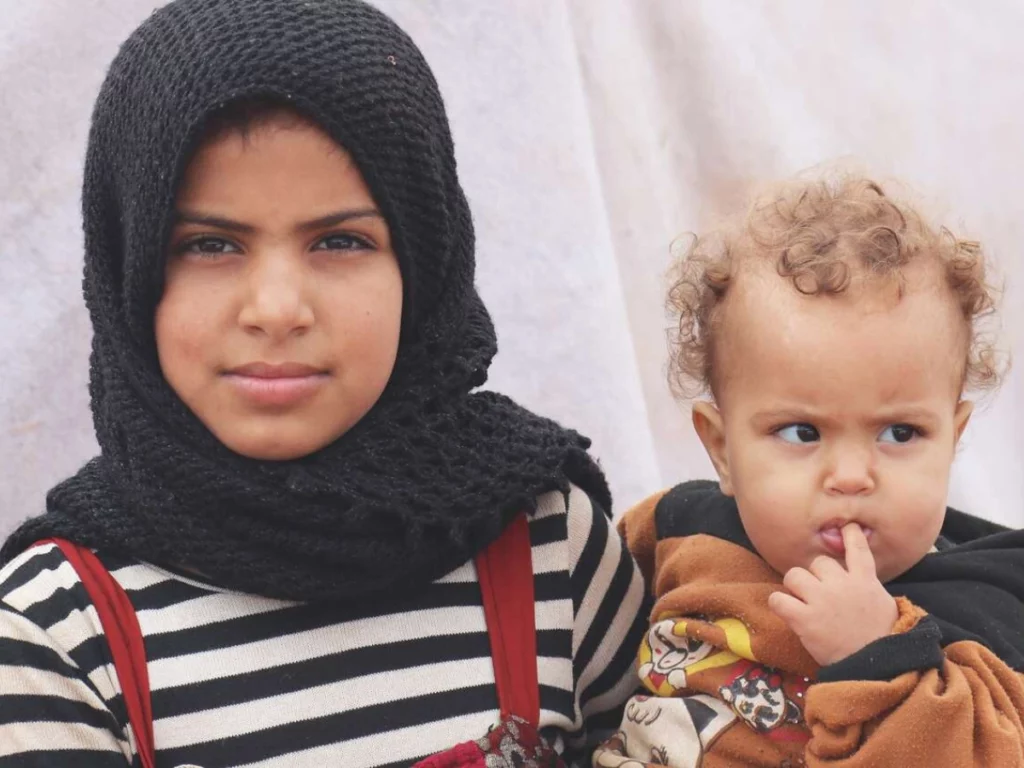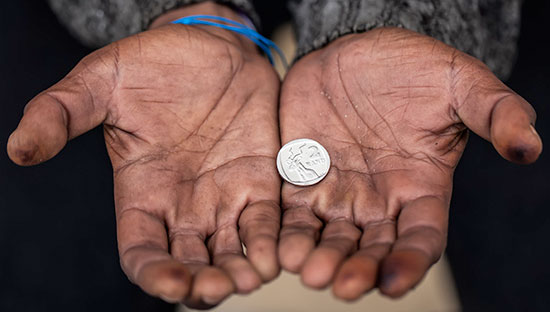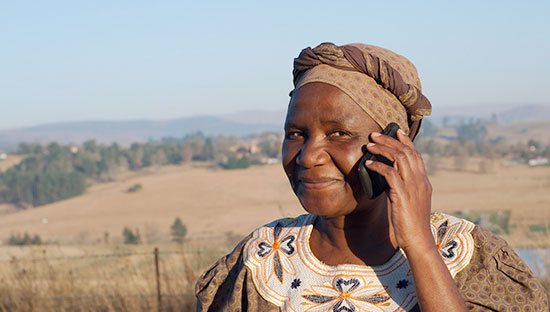Our collaboration with DataKind validated our vision, gave us a tool to field test, and generated momentum toward a data-first future. Because of our work with DataKind, we’re investing in developing the next iteration of this solution. –John Zoltner, Senior Advisor, Technology for Development and Innovation, Save the Children US
A successful response to humanitarian crises is one that enables individuals to continue to meet their basic needs, such as food security, personal safety, and basic education during times of stress and disaster. Beginning in 2021, DataKind and Save the Children partnered to develop tools to improve humanitarian response to crises around the world by focusing on the key role that data plays in improving response speed, distribution, and impact.
With support from Microsoft AI for Humanitarian Action, DataKind and Save the Children created a shared platform of demonstration analytics to help in educating other leading humanitarian organizations to embrace frameworks and systems that showcase the value of data.
Save the Children wanted to understand if and how public data can be synthesized at a subnational level such that organizations can efficiently and effectively direct resources for food security (economic and health) intervention in a way that would streamline efforts. DataKind began this initial project work with two main goals:
- Enhance the interoperability and utility of publicly available data to create tools and insights that actors (in prototype, the three partners) can utilize along with their internal data to improve targeting of communities in need of support
- Use multivariate modeling and geospatial analytical techniques to develop multiple approaches for prioritization to learn from – and provide – recommendations for increased targeting to mitigate humanitarian challenges for more people
Save the Children have historically relied solely on their own internal data, rather than utilizing all the data available on a given country, including both publicly available information and data held in private databases. This narrow approach to data limits the capacity to leverage data as a beneficial component of swift response efforts Such siloed data systems have often led the entire humanitarian relief sector to duplicate resources, serving the same people or communities rather than focusing on complementary services or geographical areas. This has led to suboptimal use of resources and hindered the ability of agencies to make the greatest impact possible.
In this prototype, DataKind developed open-source, open-access datasets (standardized and combined from multiple open data streams) and visualizations to complement existing platforms. These completed tools will decrease the most time-intensive and repetitive tasks related to merging humanitarian data sets and making available standardized data more quickly to facilitate real-time analysis and decision-making. When successful, this project will help actors deliver complementary services or work in complementary geographical areas to optimize individual resources by collaborating effectively and making the most significant impact possible.
DataKind produced a data analytics platform that brought together nearly 50 datasets covering food security in Kenya. These datasets were brought together to demonstrate the value of analytics in humanitarian response. Save the Children was able to field test the platform, and field teams were excited by the prototype.
Today, Save the Children has invested in developing the next phase of the solution, that will allow actors to derive insights that will enable them to respond faster and more effectively to humanitarian aid needs across various factors that affect humanitarian response (e.g., the presence of water, electrical or telecommunications infrastructure, health clinics, or schools). DataKind looks forward to the next phase of work which will deliver improved operational efficiency and enable new capabilities, including rich data analytics, predictive modeling, integrated data visualizations and increased interoperability through automated meta-tagging.
Header image courtesy of Save the Children.
Join the DataKind movement.
- Interested in supporting our work? Donate here.
- Interested in sponsoring a project? Partner with us.
- Interested in volunteering with DataKind? Look no further.
- Interested in working at DataKind? We’re hiring!
- Interested in submitting a project? Go for it!



